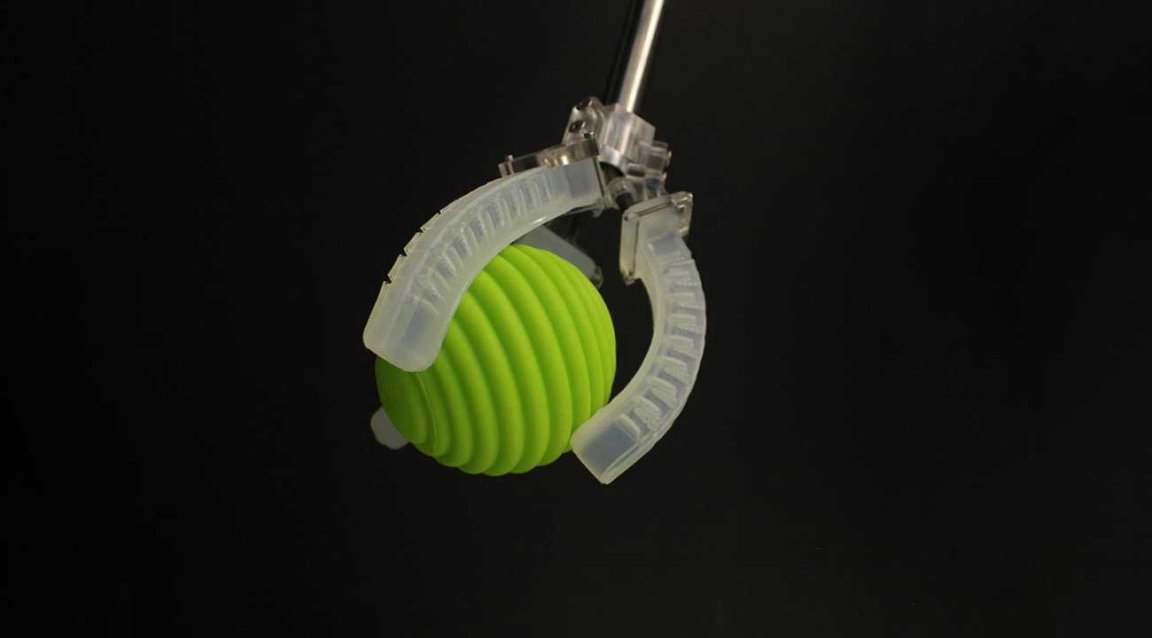
What is the big deal with soft robots? It seems like pretty much every week, another robot crawls onto the scene, seemingly alive with “hands,” a soft body, and even autonomous movement. They can look fairly mechanical, as in the case of underwater ROVs; or they can also look shockingly organic, like the Octobot — the first autonomous soft robot in the world. In a recent study published in the journal Advanced Materials, researchers at Harvard University have brought these lifelike robots to new heights by giving them the ability to sense and feel the world around them.
These are remarkable feats of engineering, to be sure. But soft robots are actually useful, too. And each incremental advance brings them closer to fulfilling their larger potential in a variety of applications.

Take this project from Harvard, that sensing soft robot. With a better sense of touch, robots can better respond to respond to pressure, movement, and even temperature. That’s simply cool (and frankly a little freaky to watch in videos), but that quality is also important because it could improve the precision and dexterity of robots and robotic extensions.
Soft robots that are more responsive to different types of stimuli make them more delicate and refined grippers — or “hands” — for machines. Whether researchers are picking up delicate specimens deep in the ocean or completing repairs on the outside of the ISS, it’s essential to have robotic extremities that are easy-to-control and dextrous. Pressure-sensitive grippers that can tell whether they’re holding a gelatinous squid or a tiny screw, and adjust their grip accordingly, could prevent time-consuming and even dangerous mistakes.
Soft robotics also have potential medical applications. Robots are increasingly making their way into surgical procedures, assisting physicians and turning major surgery into a minimally invasive procedure. If physicians used soft robots that could feel and respond to stimuli, they could be enormously more precise, and pose a smaller risk of damaging soft tissue and sensitive organs with the wrong amount of pressure.
When looking at a squiggling, transparent “octopus,” it can be difficult to see the practical applications of this emerging field — and one can only get excited so many times about a technology that doesn’t yet have any application to our lives. Yet despite the hype, each new advance does bring us closer to the broader use of soft robotics in place of existing technologies. When we get there, there’s no telling how much better our lives could get, or how much more scientists might know about the world.